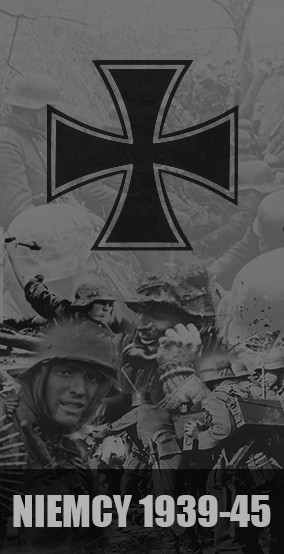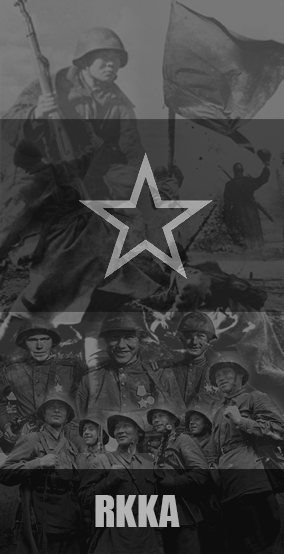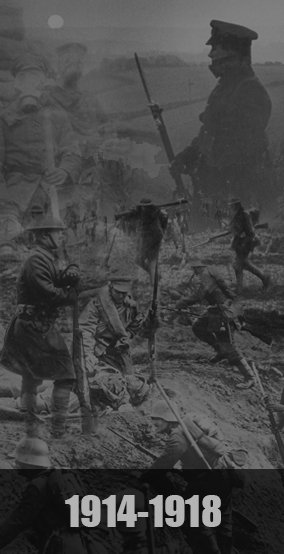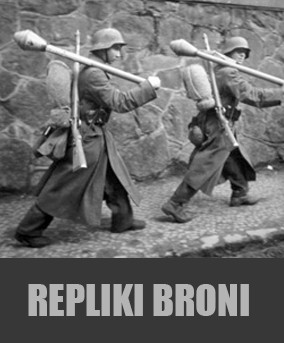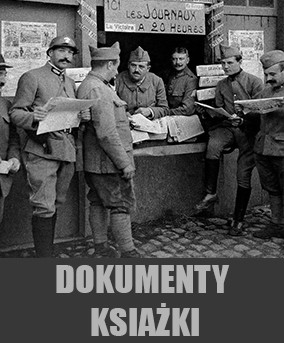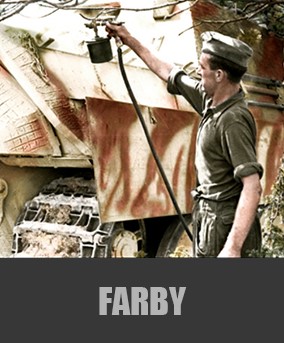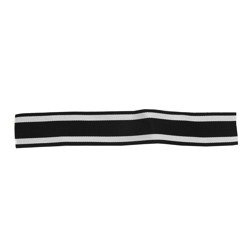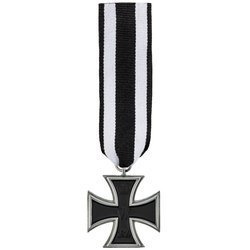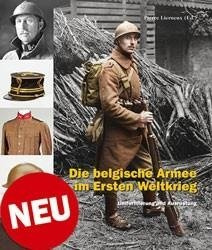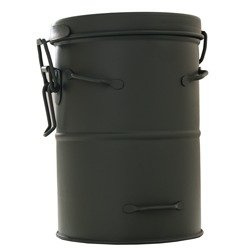Publikacja opisująca historię powstania i użytkowania pierwszego wyposażenia przeciwgazowego przez armie cesarskie Niemiec i Austro-Węgier, i przez armię Królestwa Włoch podczas I Wojny Światowej. W książce znajdziemy 512 stron informacji o sprzęcie przeciwgazowym, od pierwszych prymitywnych urządzeń po profesjonalne maski przeciwgazowe. Książka zawiera również historyczny przegląd badań w zakresie gazów trujących w trzech krajach, informacje o branżach, które brały udział w ich produkcji oraz rozdział poświęcony najważniejszym rodzajom gazów trujących.
Autorzy: Egidio Rossi, Marco Pisani, Andrea Brambilla, Ariberto Osio
ISBN: 978-3-903341-17-3
Waga: 3,5 kg
Dane Techniczne: 512 stron, zszytych w twardej oprawie. Format: 29,5 x 26 cm.
- Publikacja wydawnictwa Verlag Militaria, wysoko cenionego wśród kolekcjonerów i hobbystów
OPIS ANGIELSKOJĘZYCZNY
„Defeating the enemy by any means has always been a goal of warring parties. This was also true during the First World War, when no stone was left unturned to eliminate the enemy, even by using aggressive chemicals or poisonous substances, which science readily provided. For this reason, it soon became necessary to provide one’s own soldiers with anti-gas defence equipment to protect them against this invisible enemy.
In recent years the study of the anti-gas defence equipment supplied to the warring armies has seen growing interest. This book, comprehensively illustrated with photographs of more than 200 original specimens preserved in private collections or museums, seeks to describe and illustrate the most important anti-gas defence equipment used during the First World War by the imperial armies of Germany and Austria-Hungary, and by the army of the Kingdom of Italy.
This publication describes the development of these devices over time, from the first respirators borrowed from the sanitary sector to sophisticated protective masks with filters and their corresponding containers, and protective clothing for defence against blister-forming gases. Numerous official documents from the war years are accompanied by a number of important original photographs from the period that testify to the extensive use of anti-gas defence equipment in the trenches of the First World War. The book also contains an historical overview of research in the field of poison gases in the three nations, information about the industries that took part in their production, and a chapter dedicated to the most important types of poison gas."


